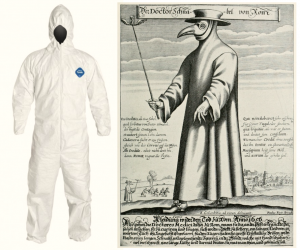After my earlier five-part series I managed to go a month without writing anything new about coronavirus. That ends today. But since this blog is about second-order effects (and because part of me still needs a break from the topic) I’m not writing about coronavirus in a conventional way. Instead, I’m revisiting a topic I first covered a year and a half ago and looking at impact from COVID-19.
That topic: the changed market for illegal substances (rhino horn and cocaine for now) and how they flow around the world.
In the midst of all the global health concerns you might wonder why I would return to the topic of rhino horn and cocaine when I could also write about so many other issues. I returned to this topic because by looking at the systems behind these illegal trades we can understand other issues relevant for COVID-19. Continue reading “Illegal Drugs and Coronavirus”
